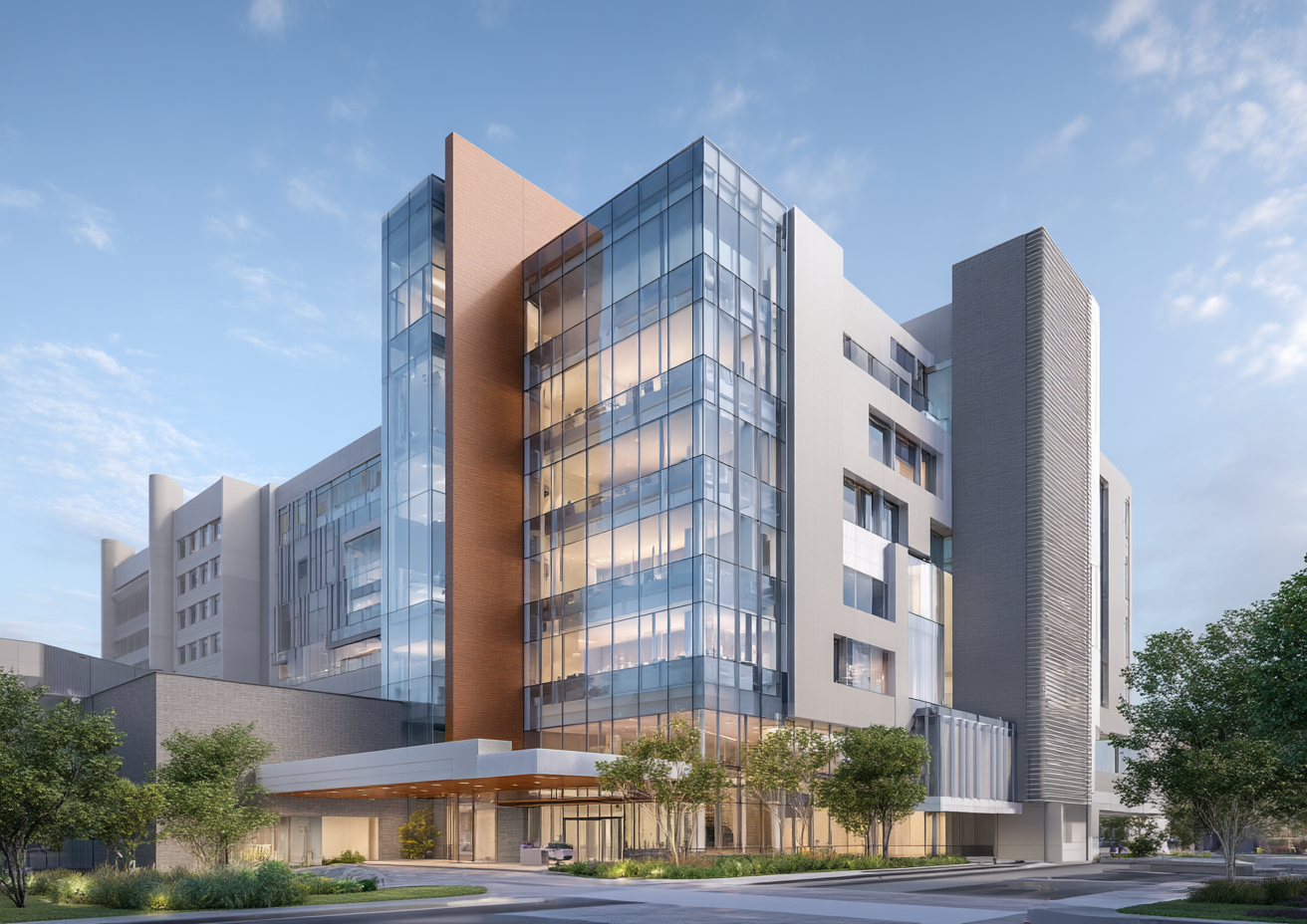In a bold move to tackle the pressing issue of physician shortages, Arizona has announced the addition of 194 residency slots focused on primary care. This initiative is a significant part of the state’s broader strategy to enhance healthcare access and quality in an era where the demand for primary care services continues to surge. Addressing the shortage of primary care physicians in Arizona is essential not only for current healthcare demands but also for the future landscape of patient care and preventative health.
The Landscape of Primary Care in Arizona
Arizona faces a critical challenge: an increasing population coupled with a shortage of healthcare providers, particularly in primary care. According to Becker’s Hospital Review, the state ranks among those with the highest disparities in access to primary care. As more patients seek comprehensive and preventative care services, the demand for skilled primary care physicians escalates.
This need is exacerbated by the aging population and a healthcare system still grappling with the aftermath of COVID-19. Therefore, this initiative to expand residency slots is not just beneficial—it is imperative to create a sustainable model for healthcare delivery within the state.
Key Challenges to Address
While this expansion of residency programs is a valuable step, it is essential to recognize some key challenges that must also be addressed:
- Retention of Graduates: Attracting medical students to residency positions in Arizona is only half the battle. Keeping them in the state after graduation is crucial.
- Balancing Specialization Choices: A cultural shift towards specialization may deter aspiring doctors from pursuing careers in primary care.
- Funding Development: Adequate funding for residency positions is necessary to ensure that these slots can support comprehensive educational opportunities.
- Integration within Healthcare Systems: New residents must secure placements in workflows that support their training while reducing the burden on existing healthcare providers.
Expanding Residency Positions: Programs and Partnerships
The newly added residency slots primarily target family medicine, internal medicine, and pediatrics, ensuring a diverse pool of expertise in primary care. Institutions like Banner Health and the University of Arizona have joined forces to facilitate this initiative, highlighting the importance of collaboration in achieving healthcare goals.
By leveraging existing healthcare frameworks and incorporating innovative training methods, these programs will enhance the educational experience for residents. For example, practical training in community health centers and rural clinics allows residents to engage with the community while gaining hands-on experience.
Data-Driven Approaches: Addressing Future Healthcare Demands
Aligning educational outcomes with community health needs is critical in developing a workforce prepared to meet future healthcare demands. For instance, data from the Arizona Department of Health Services shows that primary care physicians play a vital role in reducing emergency room visits and hospitalization rates by providing consistent, preventive care.
The integration of data analytics into residency programs can enhance decision-making and curriculum development. By focusing on the specific health issues prevalent in Arizona, such as high rates of diabetes and cardiovascular diseases, the training can equip physicians to tackle these challenges effectively.
The Role of Policymakers
Policymakers play a pivotal role in the successful implementation and sustainability of residency programs in Arizona. Enhanced funding, streamlined regulations, and support for innovative training models will foster an environment where primary care flourishes.
Furthermore, advocating for policies that promote primary care practice settings can help attract new graduates. For example, loan forgiveness programs for residents committing to practice in underserved areas can be a compelling incentive for healthcare professionals.
Supporting Primary Care Education through Staffing Solutions
As the healthcare landscape evolves, staffing solutions that align with these educational initiatives become increasingly important. Organizations like Pulivarthi Group play a vital role in bridging the gap between burgeoning residency programs and the demand for qualified healthcare providers.
With expertise in the staffing industry, Pulivarthi Group can assist healthcare facilities in recruiting skilled physicians by effectively marketing these new residency opportunities. Our data-driven approach ensures that we connect the right candidates with the right positions, enhancing the overall effectiveness of healthcare delivery.
Conclusion
The launch of 194 new residency slots for primary care in Arizona marks a significant step toward combating the physician shortage and improving healthcare accessibility. Addressing the challenges associated with this expansion will require concerted efforts from healthcare institutions, policymakers, and staffing organizations alike.
Understanding the impact of residency programs on future healthcare delivery is critical for healthcare professionals and decision-makers. It is vital to keep proactive steps, like enhancing primary care education and supporting integrated healthcare models, at the forefront of discussions within the industry.




